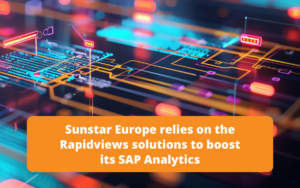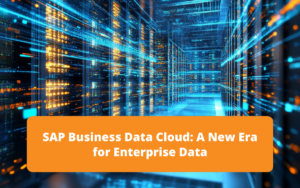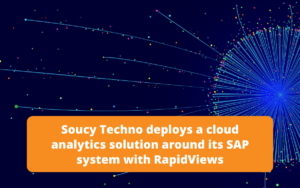Introduction
SAP Datasphere frequently releases updates with new features. Here’s a roundup of this quarter’s main new features.
Improvements to the BW/4HANA gateway
The BW/4HANA gateway to the data warehouse has seen a number of changes to its functionality. Users now have the option of transferring data hierarchies. This makes the design of models on Datasphere faster and more efficient, particularly when it comes to building the semantic layer, which can be laborious. For example, customer or supplier hierarchies, or accounting account hierarchies, can be transported to the data warehouse.
Improving the scope of data exploitation
Datasphere functionality has been enhanced in a number of ways. SAP Datasphere now offers the option of extracting metadata from its objects – views, tables and models – in addition to extracting data that is already available. Users can extract the name of each field, its type and associated length, key indicators and other object properties. This functionality is also available for SAP Analytics Cloud.
Datasphere elements can also be associated with KPIs. A dimension view can now be associated with a keyword and qualifiers for attributes and measures, enabling them to be organised more efficiently.
Finally, SAP Datasphere now supports the system’s different clients (a homogeneous unit of data; the client represents a sort of data environment).
Databuilder improvements
Features for tracing modifications have been developed. The ‘Delta Capture’ option, which is set when a local table is created, can be activated to flag up and display data that has been modified. This action cannot be deactivated after deployment.
When the “delta capture” parameter is activated, a XXX_Delta capture table is automatically created. This table contains the data from the original table (XXX), to which two fields are added: ‘Change_Type’ and ‘Change_Date’.
With this functionality, the update information (change type and change date) will be displayed in the XXX_Delta table for the changed rows; SAP Datasphere is able to identify and recognise the record numbers using the keys set in the original table (XXX).
SAP Datashere has also released the new ‘transformation flow’ object, which is based on the ‘delta capture’ principle, but has advanced functionality.
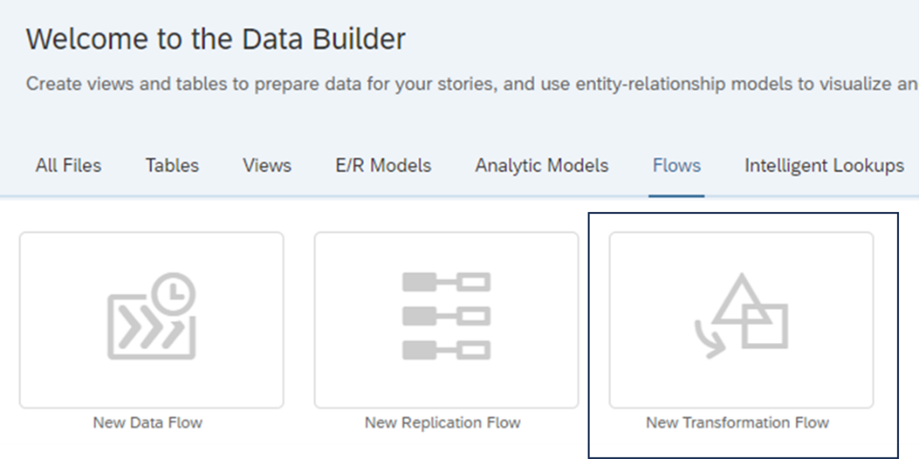
In this way, the original table can be replaced by another, more complex source (a fact or dimension view, for example), to which it is possible to associate transformations (projections with calculated fields, filters, etc.). The transformation flow will generate the two “change_type” and “modification_type” fields in the same way.
The transformation flow looks like this:
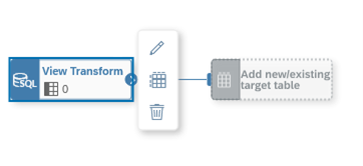
The target table is used to define target values which are then compared with the transformed source object.
In this way, the result of the transformation flow will provide the fields relating to the delta, but also a third field, of the indicator type, which will flag up each line, indicating whether the target value has been reached at the end of the transformation flow.
Conclusion
With this batch of new features, the solution is in line with the logic of continuous improvement, while innovating with the transformation flow functionality. This new feature offers interesting prospects for business intelligence analysis by comparing changes in data over time (delta change) with forecasts (target values).
